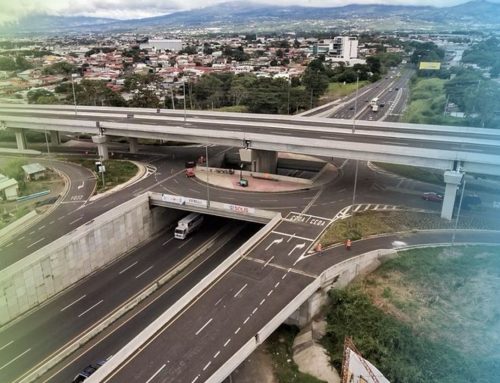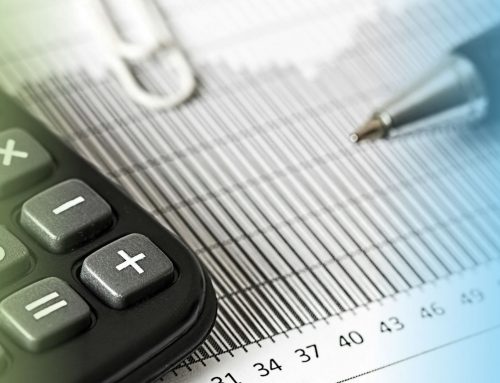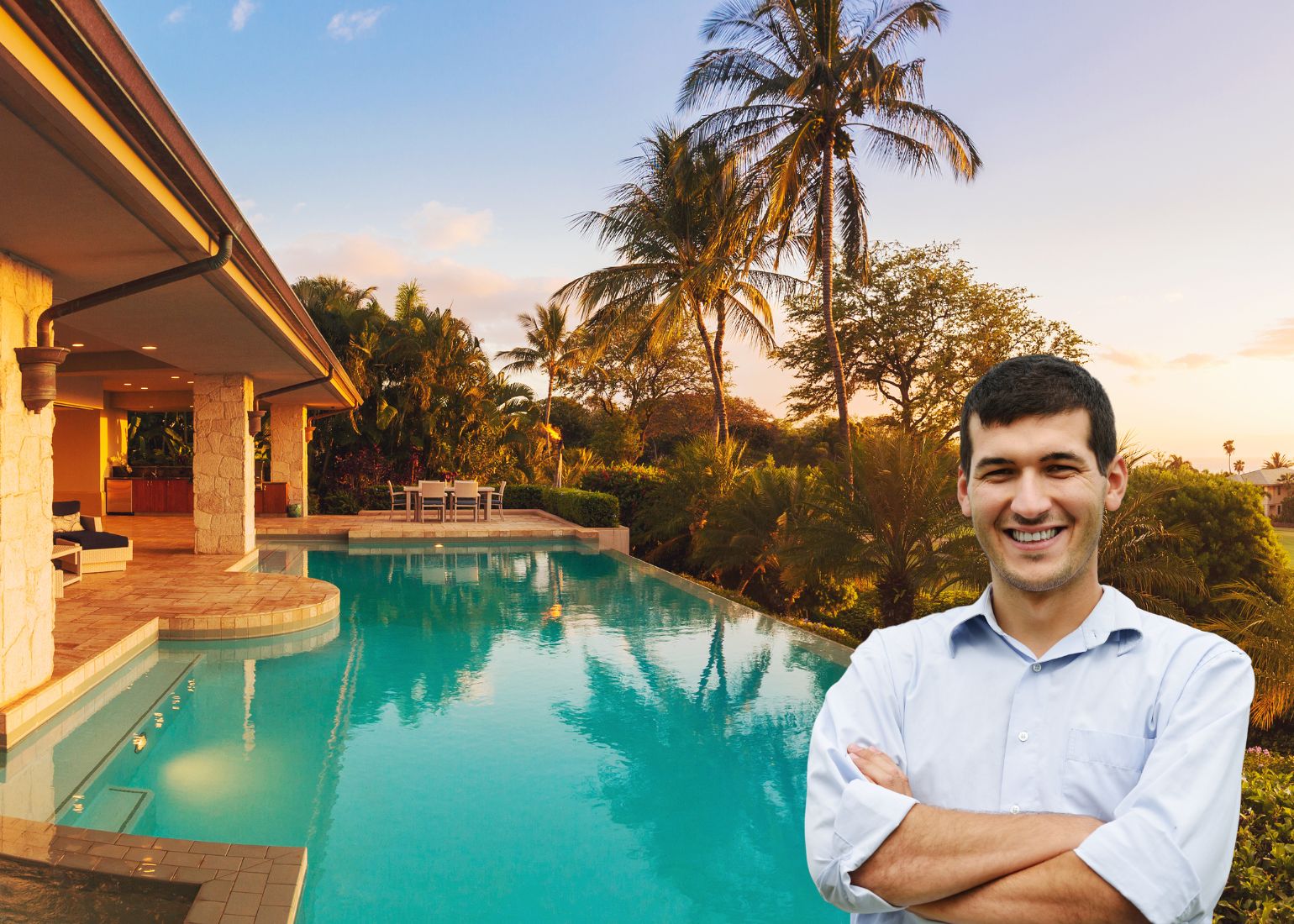One of my favorite ways to invest in real estate is flipping homes, which is nothing more than buying a property at a certain price, adding value to it and selling it again with an attractive profit margin. The definition is simple in nature but doing so requires time and expertise and a lot of attention to detail. This is a brief walk-thru I share with my clients on the process of flipping homes that will make the path to success easier.
Stage 1. Research and analysis of current market situation
This is the most important stage and it’s crucial to get it right from the start. Flipping homes is not a race so I advise you to take your time and do your homework. A good home flipper is both savvy and patient. We want to buy properties that are located in thriving communities with good growth potential in terms of population and infrastructure. Construction of new schools, banks, clinics, health centers and other services are good signs on this stage.
Analyze the current selling price of houses with similar characteristics from the ones you have picked as possible flipping opportunities, and understand how market pricing measures against current economic scenarios. For example, in Costa Rica, due to current devaluation of “colon” and the rise of interest rates have made the rate of default mortgage payments rise from 2% to 2,6% in only 9 months. This means that more people are not paying their obligations to banks, hence more opportunities on good deals will come in the mid future.
Stage 2. Picking the right property to flip
Build your own financial flipping formula and stick to it. Don’t let your emotions get in the way of picking a good asset to flip. Look at the formula below:
(purchase price + upgrade expenses) * (1+ profit margin) = selling price
Example: Let’s suppose you purchased a $100K home that needed $20K in paint, woodwork, landscaping and new kitchen cabinetry. You want to get a 30% profit on your flip, so utilizing the previous formula your selling price would be:
($100,000 + $20,000) * (1+0.30)= $156,000
There are other expenses such as legal and escrow fees that will vary depending on the deal at hand.
The sum of the purchase price and the upgrade expenses should be at least 70% of the average selling market prices on comparable properties. A low percentage will give you the ability to have room to negotiate your selling price without compromising the profit margins.
Look for properties that are cosmetic disasters. Houses that need a new coat of paint, landscaping, wood sanding and finishing and interior design. All these are “inexpensive” upgrades that will make the value of the property rise. Avoid houses with foundation issues, which will typically become a headache when trying to fix, it could be really expensive and tedious
Stage 3. Putting the team together and cashing out
Once you’ve finished writing up the upgrade budget, you will have to put together a team of professionals to carry out the job, each one of them with specific responsibilities. The architect and interior designer will be in charge of making the house appealing to the client niche you have previously selected; the engineers will help on getting the remodeling plans approved and lead out the construction and finally, the real estate advisor will market the property accordingly and lead the negotiations and closing procedures.
These 3 easy to follow steps will make your flipping journey enjoyable while cashing out a good profit at the end.
Happy flipping!!








